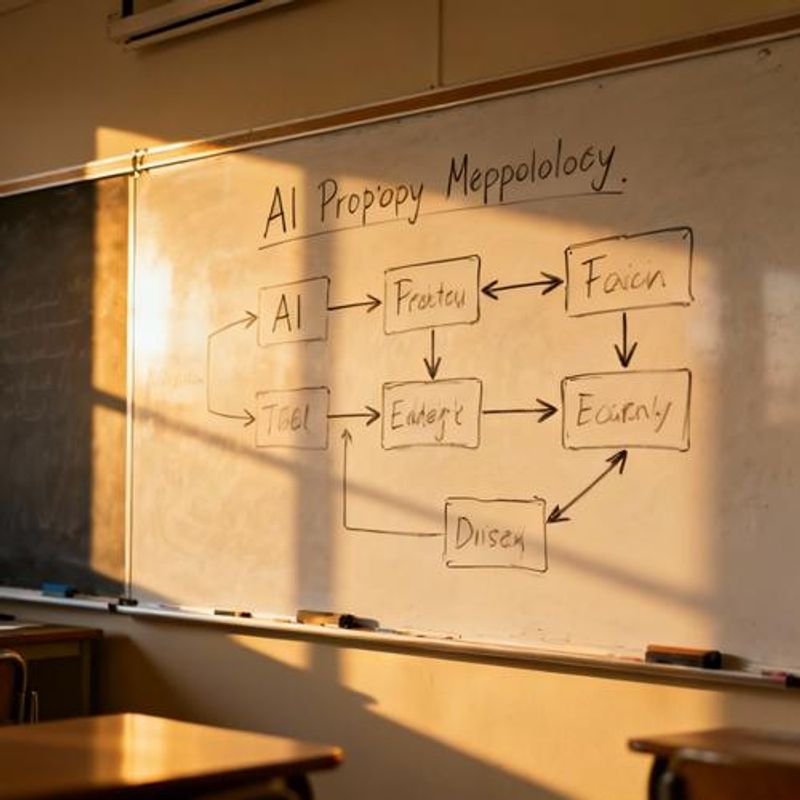AI Director ChatGPT: The Complete Guide to Directing AI for Better Content Creation

Struggling to get consistent, high-quality output from ChatGPT? You're not alone. Most content creators treat AI like a magic wand, expecting perfect results from vague prompts. The truth is, ChatGPT needs direction – clear, strategic guidance that transforms it from a basic text generator into your most powerful creative partner. This guide reveals how to become an AI director, using proven techniques to get ChatGPT producing content that actually serves your audience.

Why Most Content Creators Fail at AI Direction
Content creators face a productivity paradox. While AI promises to accelerate content production, most struggle with generic outputs, inconsistent quality, and prompts that don't translate into valuable content. The core issue isn't ChatGPT's capabilities – it's the lack of strategic direction. Without proper guidance, AI becomes just another tool that creates more work instead of solving problems.
Key Principles of AI Direction
Effective AI direction follows three core principles that separate successful content creators from those still struggling:
- Context before content: Provide clear background information about your audience, goals, and constraints
- Iterative refinement: Start broad, then narrow down through follow-up prompts
- Role-based prompting: Assign ChatGPT specific expertise roles relevant to your content needs

The DIRECT Framework for AI Content Creation
The DIRECT framework provides a systematic approach to AI direction: Define your outcome, Identify your audience, Role-assign to ChatGPT, Establish constraints, Communicate context, and Test iterations. Start by clearly defining what success looks like for your content piece. Identify your specific audience segment and their current challenges. Assign ChatGPT a relevant expert role – marketing strategist, technical writer, or industry analyst. Establish clear constraints around length, tone, and format. Communicate essential context about your brand, previous content, or specific requirements. Finally, test different approaches and refine based on results.
Practical AI Direction Templates
For blog content: 'You are an experienced [industry] writer creating content for [specific audience]. Your goal is to [specific outcome]. Write a [format] that addresses [specific problem] while maintaining a [tone] voice. Include practical examples and avoid [specific constraints].' For social media: 'You are a social media strategist for [platform]. Create [number] posts that [specific goal] for an audience of [demographics]. Each post should [requirements] and encourage [specific action].' For email sequences: 'You are an email marketing specialist writing to [subscriber type]. Create a [sequence length] that guides readers from [starting point] to [desired action]. Each email should build on the previous while [specific approach].'

Common AI Direction Mistakes to Avoid
Avoid these critical mistakes that undermine AI direction effectiveness. Never use vague prompts like 'write about marketing' – specificity drives quality. Don't ignore the conversation history – build on previous exchanges for better context. Resist the urge to accept first outputs without iteration – the best results come from refinement. Avoid overloading single prompts with too many requirements – break complex requests into smaller, focused exchanges. Don't forget to specify your audience – generic content serves no one effectively.
Implementing Your AI Direction Strategy
Start implementing AI direction immediately by choosing one content type and applying the DIRECT framework. Begin with blog posts or social media content where you can quickly test and iterate. Document what works for your specific audience and content goals. The key to mastering AI direction lies in consistent practice and systematic refinement. Your next step is to select a current content challenge and apply these directing techniques. The difference in output quality will be immediately apparent, transforming your content creation process from frustrating to highly productive.